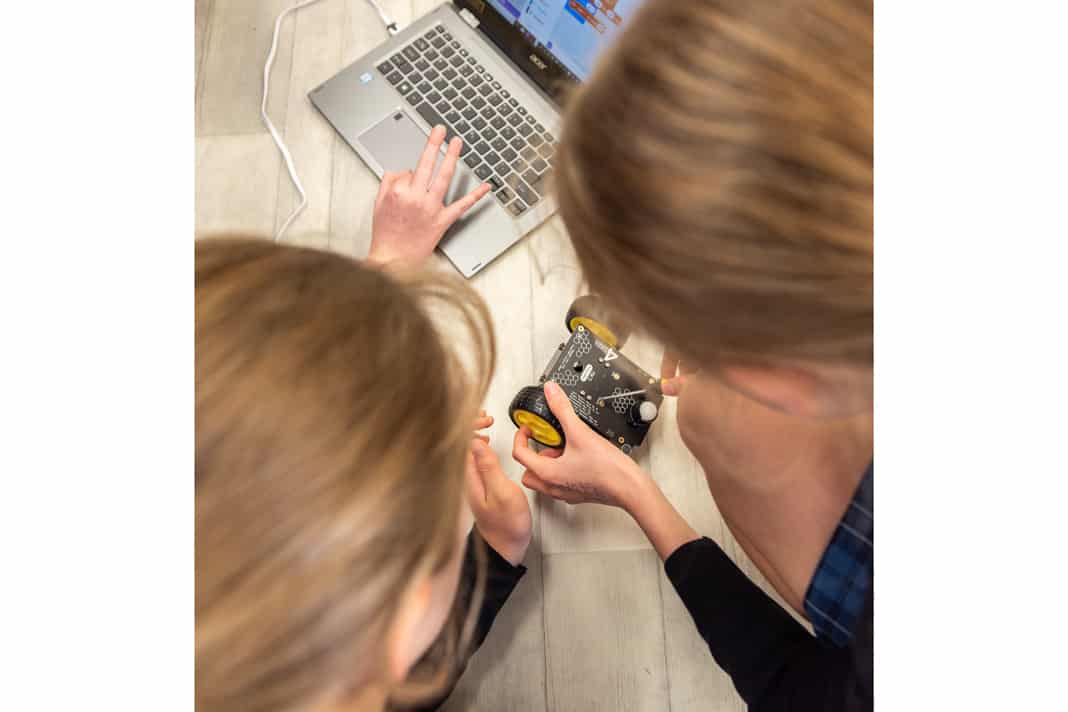John Doy, the Head of Sixth Form at Mayfield School considers why traditional study preferences around Arts and Sciences don’t hold true among his students
One of the main arguments for an all-girls’ education is the freedom from the stereotyping that seems to creep in to any mixed environment. At A level the statistics are quite startling. For example, a girl at a GSA (Girls’ School Association) school, of which Mayfield is a member, is 75% more likely to take Maths at A level, 70% more likely to take Chemistry, and two and a half times more likely to choose Physics – all subjects traditionally considered as ‘hard’ and ‘male-oriented’.
This is certainly something I have witnessed at Mayfield – Maths and the sciences are far and away our most popular options at A level – as an English graduate I concede this with a slightly heavy heart – and, if I look at our latest batch of university hopefuls, almost half of the cohort of 60 are going on to mathematics or science-based courses. We have engineers, physicists, chemists, earth and planetary scientists, medics, vets all going on to develop their skills at a higher level. It is genuinely exciting to see young women fired up about science and technology and my experience tells me it is because they have been given the space to develop these interests in an environment that, by its very nature, dispenses with any kind of concept of boys’ or girls’ subjects.

Engaging with these kinds of statistics and thinking in this way, however, always seems, to me at least, to court a kind of counter-factual approach to the individual narratives of the students involved. We can never know precisely which factors lead us to our ultimate destinations. It’s for this reason I prefer to focus on the individual narratives of some of the students in my care to illustrate how schools like Mayfield challenge stereotypes rather than rely too heavily on statistical data. I think it is more important to bring to life those points on the graph or figures in the performance table because often it is the bits you can’t measure that make all the difference.
Take, for example, one of our engineers, now studying her subject at Cambridge, who was able to combine her interest in science with her artistic ability by producing an A-level Art project that evolved from scientific drawings of insects and flowers. Or how about another enterprising student who set up her own bespoke trainer design business and got straight onto a Fine Art degree course without needing to take a Foundation year (and is still growing her online business at university)? Or there’s the student now studying Earth and Planetary Science at Imperial College but who also spent her breaks and lunchtimes supporting Year 7 and 8 students with their Maths homework.
“It is genuinely exciting to see young women fired up about science and technology because they have been given the space to develop these interests”
These are just some examples, and I suppose what I’m trying to illustrate by briefly sketching their aspirations and achievements is where the freedom and breadth of an educational experience afforded by a school like Mayfield can lead. I can’t tell you for sure if it’s because the girls are in a single-sex environment; I can only report what I can see happening here – and it’s dynamic, empowering and exciting to witness.
In this sense then, the higher uptake of STEM subjects I referred to at the start is, rather than being an end in itself, instead a wonderful by-product of an atmosphere that fosters independence of thought, confidence and a can-do attitude that makes for outstanding students and, ultimately, fulfilled and happy adults.
Mayfield School mayfieldgirls.org
Further reading: Roots – the long and progressive history of Queen’s Gate School
You may also like...

























